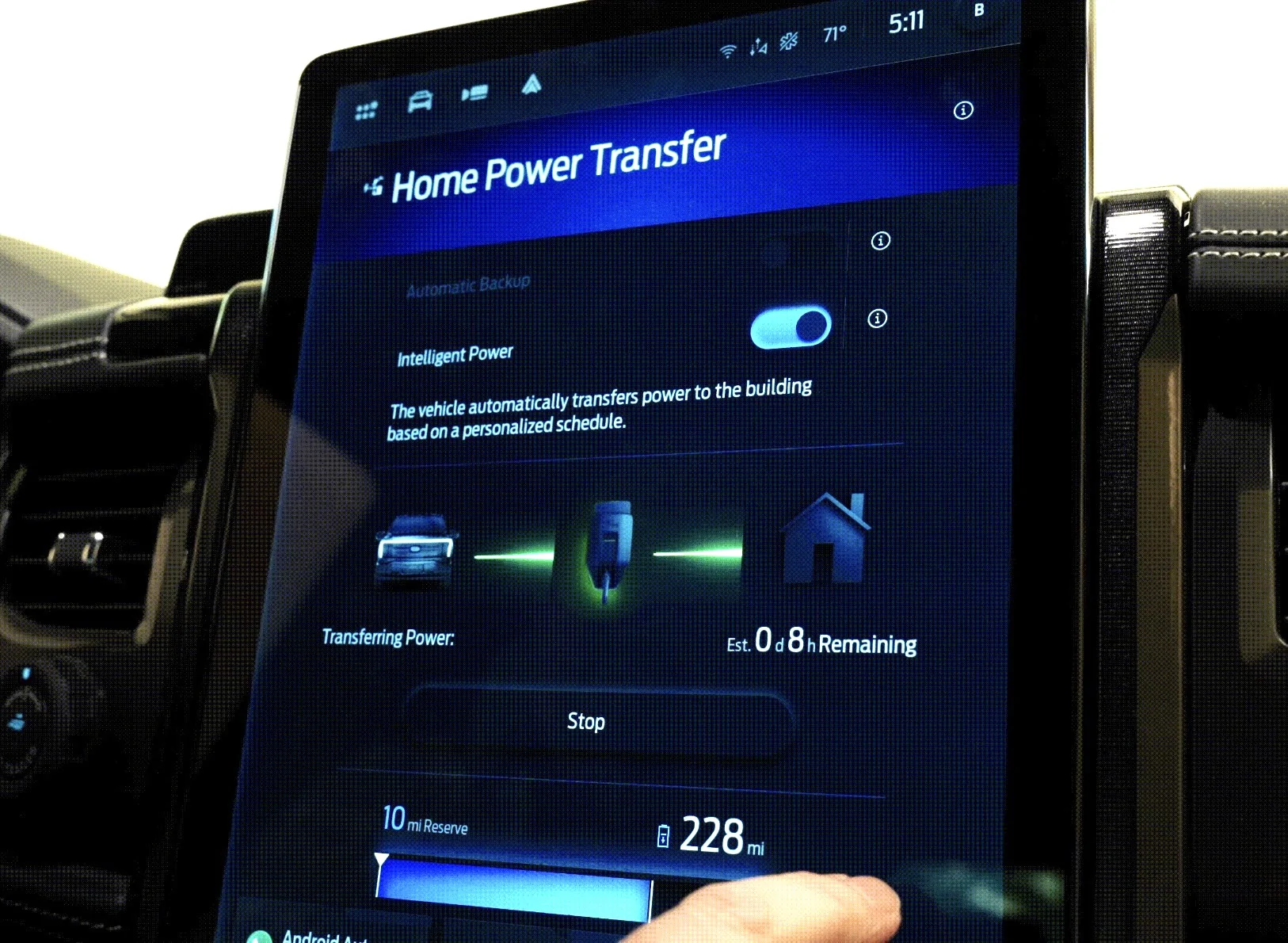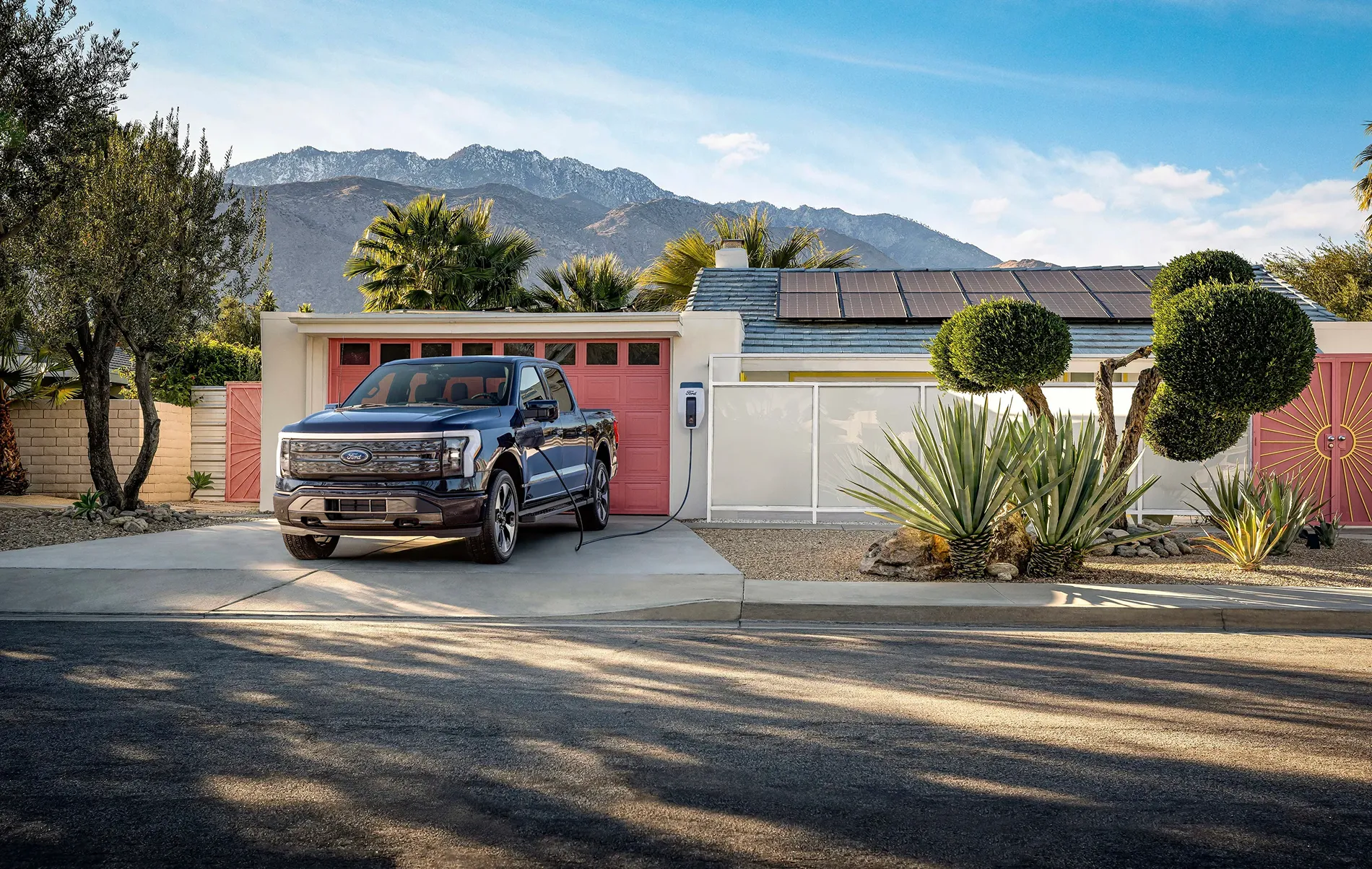NW Ontario Ford Lightning
Well-known member
- First Name
- Robert
- Joined
- Feb 14, 2025
- Threads
- 1
- Messages
- 456
- Reaction score
- 558
- Location
- NW Ontario Canada
- Vehicles
- 2024 F-150 SR Lightning XLT, 2023 Escape Hybrid
- Occupation
- Contractor
I prefer to store excess Solar in the Truck battery and NEVER sell it back to the utility - they don't pay enough.
I wonder if those big data centres are getting discount prices for grid power and "guess who" is getting price increases to offset those discounted prices...
I wonder if those big data centres are getting discount prices for grid power and "guess who" is getting price increases to offset those discounted prices...
Sponsored




